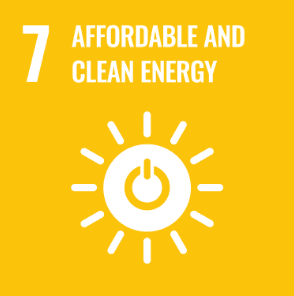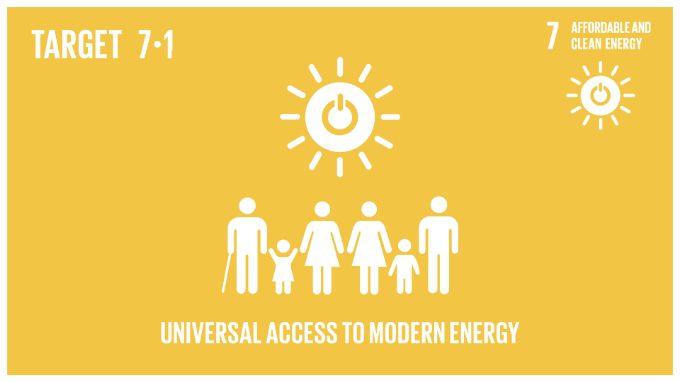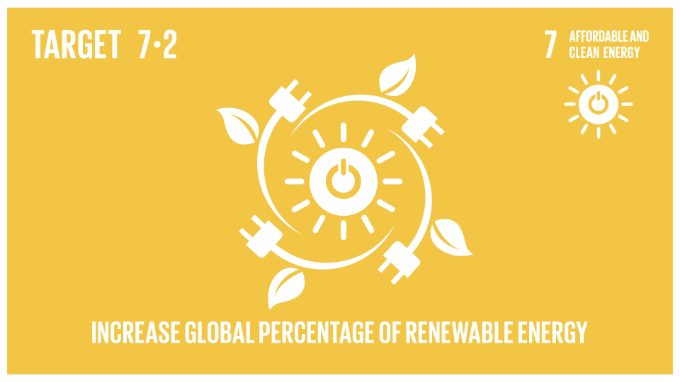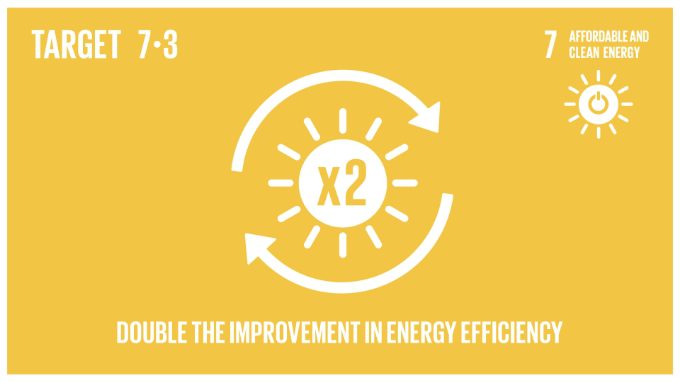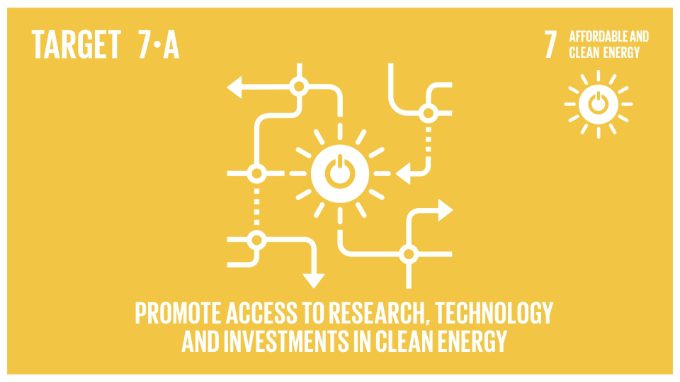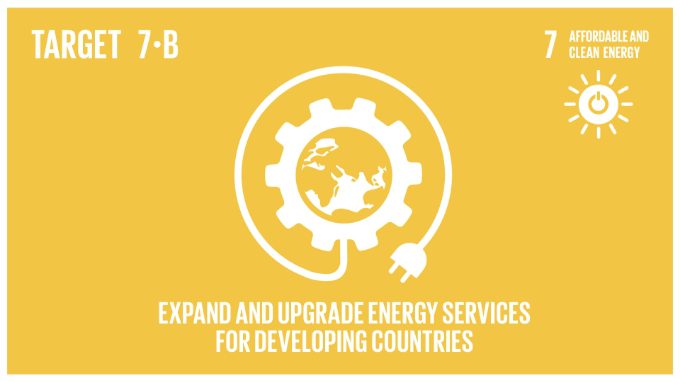Overview:
Renewable energy solutions are becoming cheaper, more reliable and more efficient every day.Our current reliance on fossil fuels is unsustainable and harmful to the planet, which is why we have to change the way we produce and consume energy. Implementing these new energy solutions as fast as possible is essential to counter climate change, one of the biggest threats to our own survival.
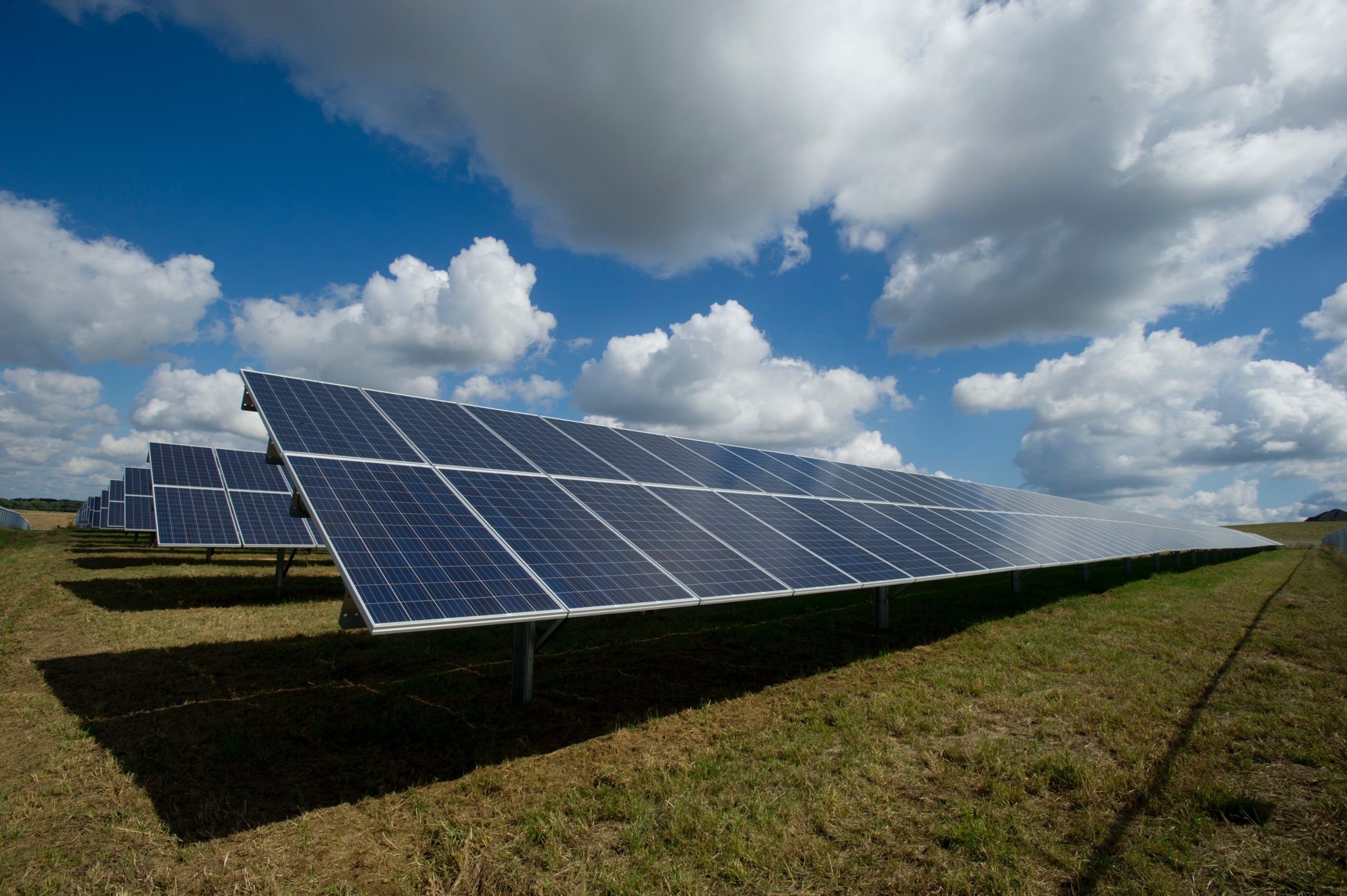
International Progress 2023:
Access to electricity and clean cooking fuels has improved in many parts of the world, but 675 million people are yet to be connected to the grids and 2.3 billion are still cooking with unsafe and polluting fuels. The war in Ukraine and global economic uncertainty continue to cause significant volatility in energy prices, leading some countries to raise investments in renewables and others to increase reliance on coal, putting the green transition at risk.
If the current pace continues, about 660 million people will still lack access to electricity and close to 2 billion people will continue to rely on polluting fuels and technologies for cooking by 2030. To ensure access to energy for all by 2030, we must accelerate electrification, increase investments in renewable energy sources and invest in improving electricity grids.
Targets —
-

Target 7.1 (i)
The global population with access to electricity has increased from 87% in 2015 to 91% in 2021. The pace of electrification has rebounded between 2019 and 2021. However, the annual access growth of 0.6 percentage points in the recent period is lower than the 0.8 percentage points in 2015–19. As a result, 675 million people, majorly located in LDCs and sub-Saharan Africa, still lacked access in 2021.
-

Target 7.1 (ii)
In 2021, 71% of the global population had access to clean cooking fuels and technologies, up from 64% in 2015. In seven (all located in sub-Saharan Africa) of the 20 countries with the largest deficits, fewer than 10% of the population had access to clean fuels and technologies. The growing access deficit in sub-Saharan Africa, if not reversed, could dampen or undermine increasing trends in global access.
-

Target 7.2
The share of renewable sources in total final energy consumption amounted to 19.1% globally in 2020, or 2.4 percentage points higher than in 2015. Part of this progression is due to lower final energy demand in 2020, as the pandemic disrupted social and economic activities worldwide. The electricity sector shows the largest share of renewables in total final energy consumption (28.2% in 2020) and has driven most of the growth in renewable energy use, while the heat and transport sectors have seen limited progress over the past decade.
-

Target 7.3
The rate of improvement in primary energy intensity, which had already slowed in recent years, dropped to 0.6% in 2020. This makes it the worst year for energy intensity improvement since the global financial crisis. Annual improvement through 2030 must now average 3.4% to meet the target of SDG 7.3. This slowdown was influenced by a shift in the economic structure during Covid towards more energy-intensive industrial production, combined with only modest rates of technical efficiency improvements, in the context of low energy prices.
-

Target 7.a
International public financial flows in support of clean energy in developing countries have a decreasing trend that started before the COVID-19 pandemic and continued through 2021. In 2021, they amounted to $10.8 billion— an 11% drop from 2020. This was 35% less than the 2010–19 decade-long average, and less than half the 2017 peak of $26.4 billion.
-

Target 7.b
In 2021, there was a record-breaking installation of 268 Watts per capita of renewable capacity in developing countries, representing a year-on-year growth rate of 9.8%. However, even with this positive and accelerating growth, developing countries are not on track to meet SDG7 by 2030. Moreover, the positive global and regional trends hide the fact that the countries that are most in need of support are being left behind, even among developing countries.
Ireland’s
Progress 2023:
The Irish Government has set the ambitious target of having 50% of Ireland’s energy met by renewable sources by 2025, and 80% by 2030. In 2020, 42% of all electricity came from renewables but this dropped to just over 36% in 2021.
The SEAI’s 2022 report found that “Despite the upgrade [retrofit] of a further 40,000 homes, the addition of almost 40,000 EVs and a broad range of other actions including in the public sector and communities around Ireland over the last two years, our emissions are on an upward trajectory. “ As of July 2023, 33% of the country’s energy came from wind. July and August of 2023 surpassed previous monthly records for wind power generation.
Targets —
-

By 2030, ensure universal access to affordable, reliable and modern energy services.
CSO data
Claim: Achieving
7.1.1 100% of households in Ireland have access to electricity
7.1.2 In 2016, 85.8% of Irish households were reliant on fossil fuels for their primary heating fuel, with 8.7% reliant on electricity and 2.0% on renewables (wood). There was no central heating in 1.4% of households (23,000 homes). This should not count as achieving.
7.1.1
Proportion of population with access to electricity
7.1.2
Proportion of population with primary reliance on clean fuels and technology
-

By 2030, increase substantially the share of renewable energy in the global energy mix.
CSO data
Status: Not on track to achieve renewable energy targets
7.2.1 Overall renewable energy supply was 12% of gross final consumption in 2019. Ireland has a binding EU target of 16% by 2020. Ireland is not on track to meet 2020 renewable energy targets. Ireland had the second lowest progress to meeting the overall RES target of all EU Member States. The share of renewable transport energy (RES-T), including adjustments, was 8.9% in 2019. Ireland has a binding EU target of 10% by 2020. The share of renewable electricity (RES-E) was 36.5% in 2019. Ireland has a national target of 40% by 2020. The share of renewable heat (RES-H) was 6.3% in 2019. Ireland has a national target of 12% by 2020.
7.2.1
Renewable energy share in the total final energy consumption
-

By 2030, double the global rate of improvement in energy efficiency.
CSO data
Claim: Achieving
7.3.1 The primary and final energy intensity of the economy has been falling (reflecting improving energy productivity) since 2005, with the exception of 2008. Between 2005 and 2019 primary energy intensity of the economy fell by 49% (4.7% per annum) to 42% in 2018.
7.3.1
Energy intensity measured in terms of primary energy and GDP
-

By 2030, enhance international cooperation to facilitate access to clean energy research and technology, including renewable energy, energy efficiency and advanced and cleaner fossil-fuel technology, and promote investment in energy infrastructure and clean energy technology.
CSO data
Status: Fiscal support reducing
7.a.1 In 2019, clean energy research and development accounted for €5.117 million of ODA.
7.a.1
International financial flows to developing countries in support of clean energy research and development and renewable energy production, including in hybrid systems
-

By 2030, expand infrastructure and upgrade technology for supplying modern and sustainable energy services for all in developing countries, in particular least developed countries, small island developing States and landlocked developing countries, in accordance with their respective programmes of support.
CSO data
Status: Fiscal support reducing
7.b.1 The value of the investments in Energy Efficiency as a Proportion of GDP and the Amount of Foreign Direct Investment in Financial Transfer for Infrastructure and Technology to Sustainable Development Services dropped from €1.8 million in 2019 to €1.5 million in 2020
7.b.1
Installed renewable energy-generating capacity in developing countries (in watts per capita)
